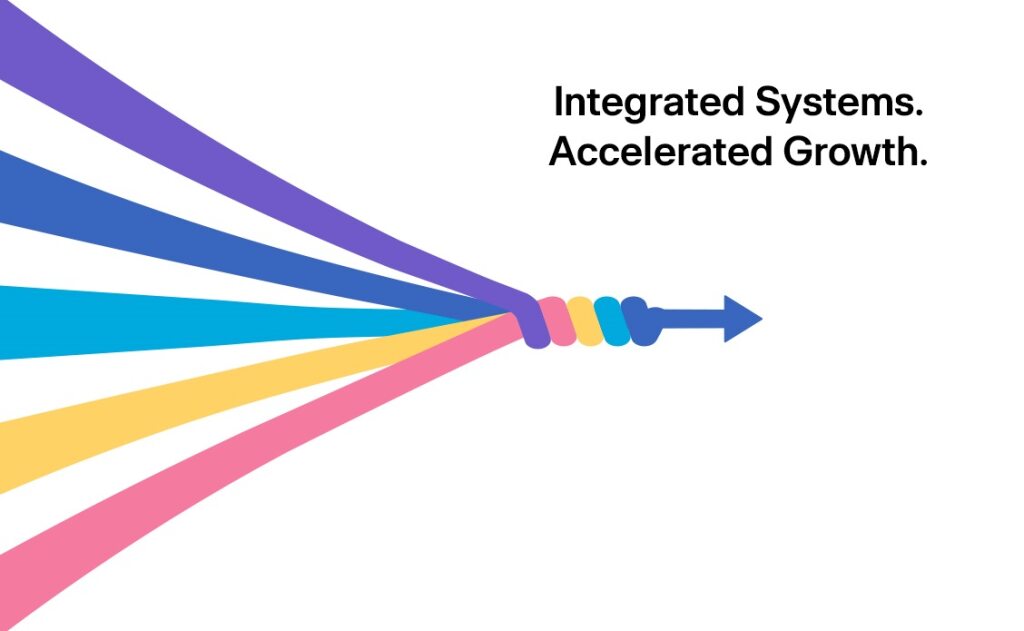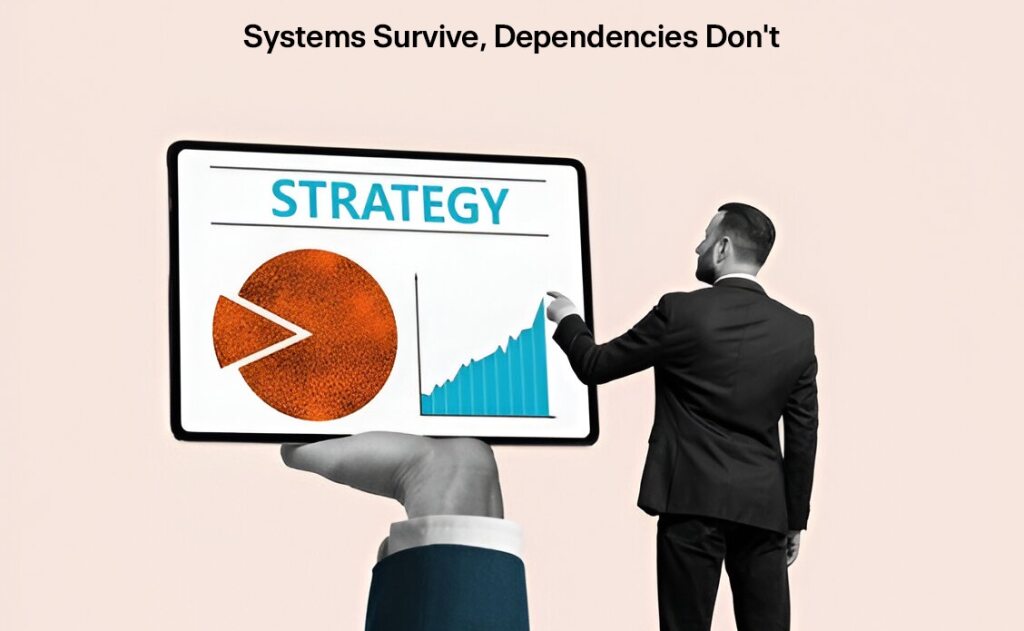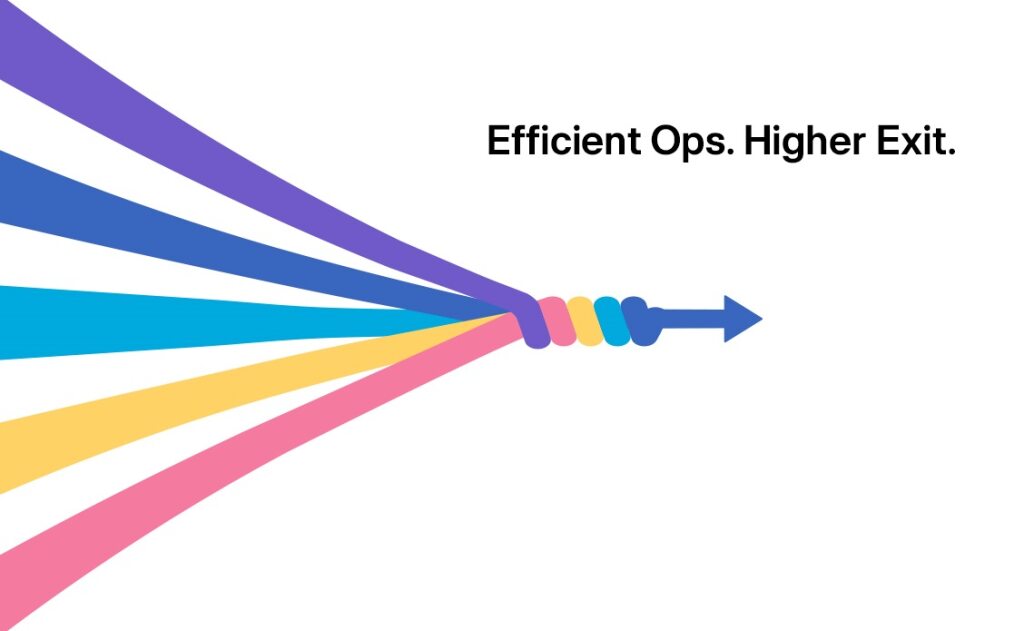The Hidden Growth Killer:
“Your best people are drowning in busywork. While competitors automate their way to 40% higher margins, you’re stuck in the hiring-to-scale trap that’s silently destroying your competitive advantage. The math is brutal: every manual process you protect today becomes tomorrow’s growth ceiling.”
Here’s what I see in boardrooms across industries: founders celebrating revenue milestones while their profit per employee stagnates or declines. They’ve built impressive teams executing impressive volumes of work, but they’re competing on labor efficiency in a world that rewards operational intelligence. The companies winning market share aren’t working harder; their workflows are working smarter.
NextAccel 3D Automation Engineering Framework
DEFINE – Process Intelligence + Strategic Automation
- Map your highest-impact, highest-frequency operational workflows
- Identify automation opportunities that multiply revenue per employee
- Analyze competitor operational efficiency for automation gap analysis
- Model ROI scenarios for workflow digitization investments
- Benchmark current process velocity against automation potential
DEPLOY – Intelligent Automation Architecture
- Build interconnected systems that eliminate manual handoffs
- Establish data flows that trigger automatic business decisions
- Create predictive workflows that anticipate operational needs
- Develop customer-facing automation that enhances experience
- Structure team roles around automation management, not task execution
DELIVER – Exponential Efficiency Creation
- Execute automation strategies that compound operational leverage
- Build customer workflows that scale without proportional resource increase
- Establish market positioning around superior operational efficiency
- Create financial performance through automation-driven margin expansion
- Position company narrative around intelligent scaling capabilities
This is operational engineering, not technology implementation. Every workflow becomes a growth multiplier when properly automated around business outcomes.
Step 1: Diagnose Your Automation Readiness (Start Here)
Challenge yourself with this exercise:
“If we doubled our revenue tomorrow, which processes would break first? Which team members would become immediate bottlenecks? What manual tasks consume our highest-value people’s time?”
If your answer involves hiring more people to handle growth, you’re thinking like a traditional business, not a modern scaling operation.
Step 2: Reverse-Engineer Your Growth Bottlenecks
Your diagnostic: Score your business against these automation opportunities. Anything consuming more than 20% of key personnel time becomes your automation priority roadmap.
Step 3: Rebuild Your Operational Architecture (The Automation Process)
A. Make Strategic Automation Decisions:
If targeting operational efficiency: Automate your highest-frequency, lowest-judgment tasks first. These create immediate capacity without requiring complex decision logic.
If targeting customer experience: Automate customer-facing workflows that improve response times and consistency. Show clear paths to better service delivery at scale.
B. Engineer Growth-Ready Systems:
Technology Integration: Choose automation platforms that connect seamlessly across your tech stack. Avoid point solutions that create new silos requiring manual intervention.
Data Architecture: Implement data flows that trigger automatic decisions and actions. Most automation fails because data doesn’t move intelligently between systems.
Process Redesign: Restructure workflows around automation capabilities, not existing manual processes. Don’t automate broken processes—fix them first.
C. Build Automation-Critical Assets:
Customer Self-Service: Develop automated customer workflows that resolve issues without human intervention. Customer success at scale requires customer independence.
Revenue Operations: Create automated lead scoring, nurturing, and conversion workflows that scale sales without proportional sales team growth.
Operational Intelligence: Establish automated reporting and alerting systems that surface problems before they impact performance.
Step 4: Continuous Automation Optimization
Run this scenario planning exercise quarterly:
“Competitor X just announced they’re processing 3x more transactions with the same team size. Based on their automation capabilities, what would allow us to achieve 5x processing capacity? What manual processes are limiting our scaling potential?”
Premium growth multipliers we help clients build:
- Customer onboarding workflows that reduce time-to-value by 70%
- Sales qualification processes that increase conversion rates while reducing sales cycle length
- Support automation that resolves 80% of inquiries without human intervention
- Financial reporting systems that provide real-time insights for faster decision-making
Growth killers that limit automation ROI:
- Processes designed around individual preferences rather than systematic efficiency
- Technology debt that prevents system integration
- Team resistance to workflow changes that improve overall efficiency
- Data quality issues that make automated decisions unreliable
The Strategic Outcome: Built to Scale Intelligently
Workflow automation creates multiple competitive advantages:
- Higher Margins: Operational efficiency drives profit expansion over revenue growth
- Faster Scaling: Capacity increases without proportional cost increases
- Better Quality: Automated processes eliminate human error and inconsistency
- Strategic Focus: Leadership attention shifts from operational management to strategic growth
Final Framework:
If your current operational strategy requires linear headcount increases to achieve growth targets, you’re not building a scalable business—you’re building an expensive services organization.
Automation isn’t about eliminating jobs—it’s about eliminating the parts of jobs that don’t create value. When your systems handle routine execution, your people can focus on strategic thinking, creative problem-solving, and relationship building. Scale your intelligence, not your payroll.
Prepared to automate your growth strategy?
Contact for a Workflow Automation Assessment and identify your highest-impact automation opportunities and operational bottlenecks that could limit scaling potential.





